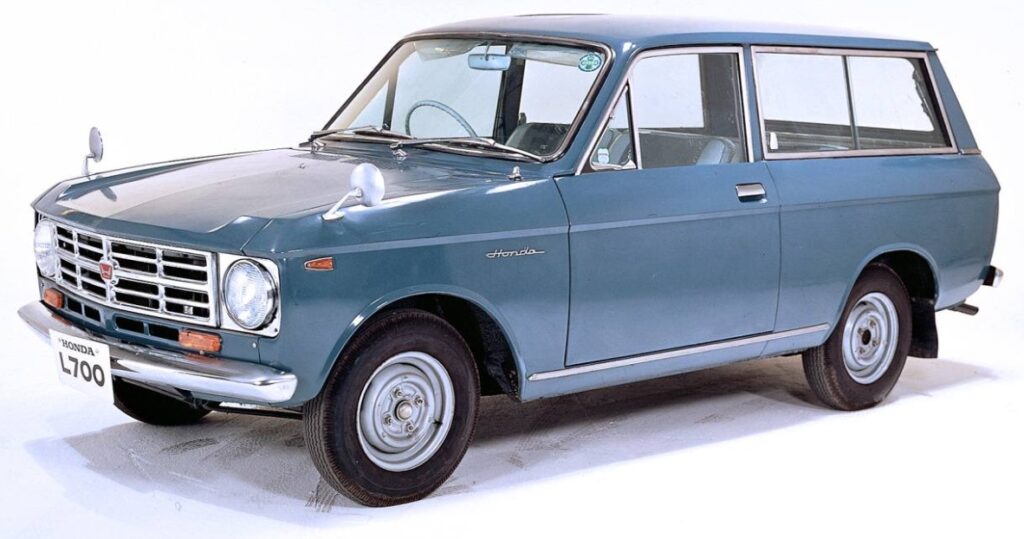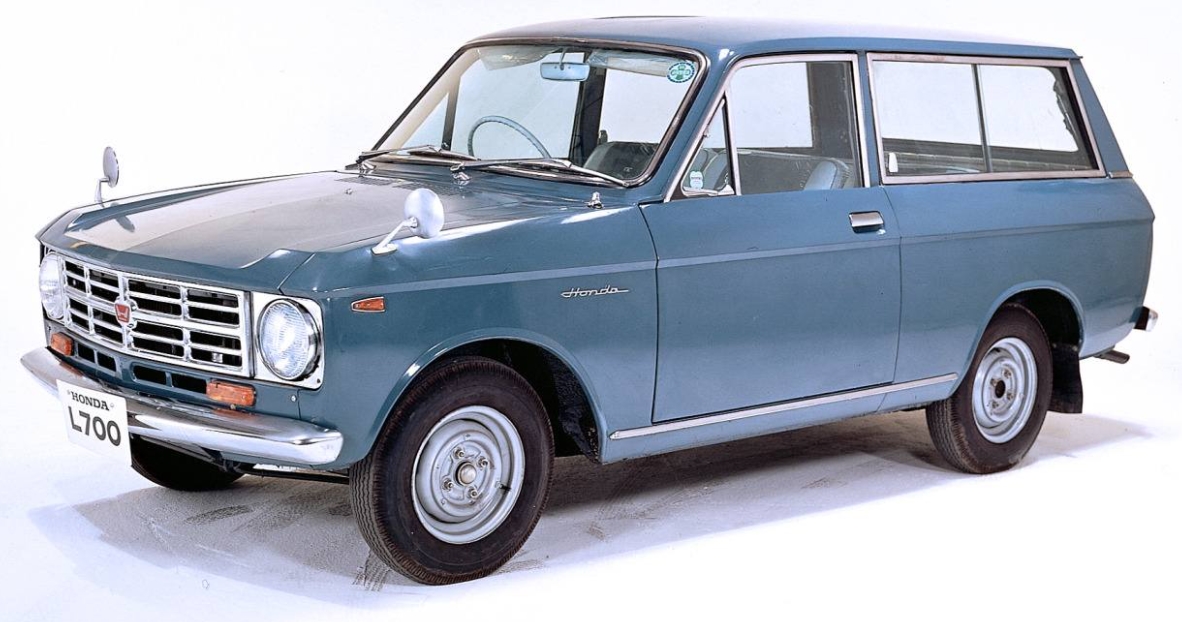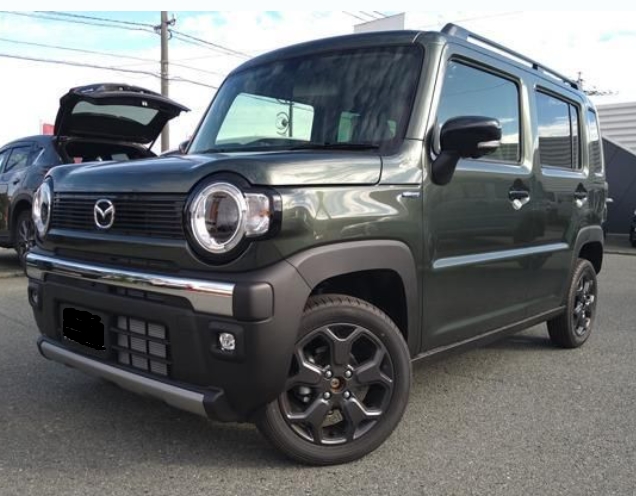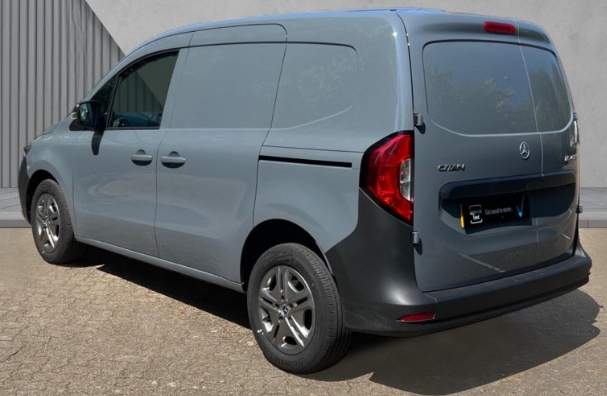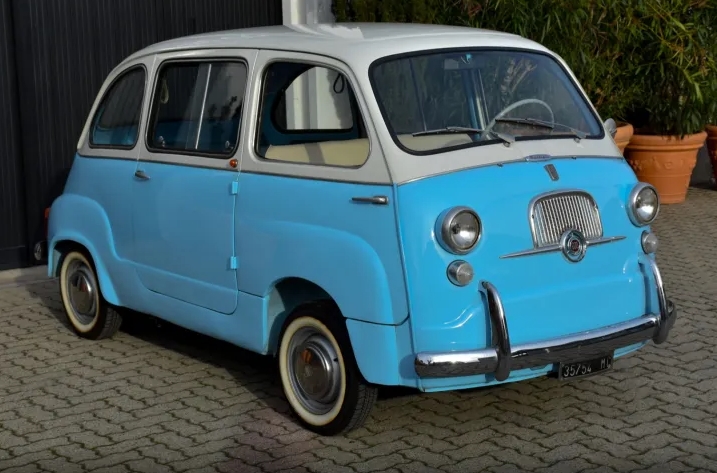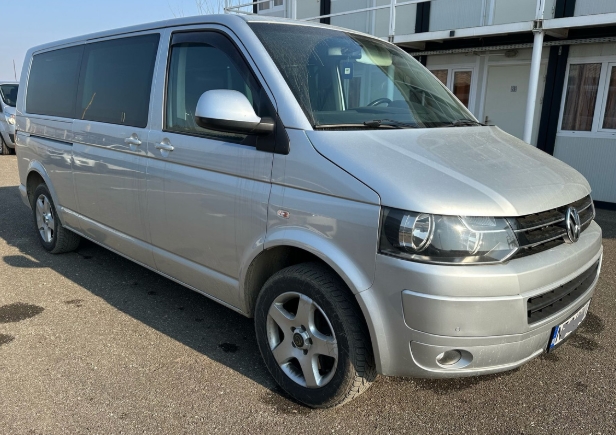The Unsung Workhorse: Charting the Evolution of the Honda L700
In the grand narrative of Honda’s automotive history, certain models loom large. The revolutionary Civic, the dependable Accord, and the ferocious NSX are pillars of the company’s legacy. Yet, before these icons established Honda as a global powerhouse, a series of smaller, more obscure vehicles laid the critical groundwork. Among the most significant and overlooked of these early pioneers is the Honda L700, a small commercial van whose brief but fascinating existence tells the story of a company in transition, brimming with engineering ambition and determined to prove its worth.
Produced for a mere two years, the L700 and its derivatives represent a crucial evolutionary step, bridging the gap between Honda’s first tentative forays into four-wheeled vehicles and the mass-market success that would follow. This is the story of its development, its models, and its enduring, if quiet, legacy.
The Context: Honda’s Automotive Gamble (1963-1965)
To understand the L700, one must first appreciate the environment from which it emerged. By the early 1960s, Honda was the undisputed king of the motorcycle world, but founder Soichiro Honda had his sights set on a much bigger prize: the automobile industry. This was a risky venture. Japan’s powerful Ministry of International Trade and Industry (MITI) was actively trying to consolidate the domestic auto market, encouraging mergers and discouraging new entrants. MITI believed Japan needed only a few large, strong automakers to compete globally, and it viewed Honda’s ambitions with skepticism.
To prove it was a serious contender, Honda rushed its first two four-wheeled vehicles to market in 1963. They were a bizarre and brilliant pairing that perfectly encapsulated the company’s dual identity. The first was the T360, a tiny kei-class pickup truck. While utilitarian in purpose, its heart was pure Honda: a sophisticated 356cc dual overhead cam (DOHC) four-cylinder engine that could rev to an astonishing 9,000 RPM. The second was the S500 sports car, a beautiful two-seat roadster powered by a larger, 492cc DOHC engine derived from Honda’s Grand Prix motorcycle technology.
These two vehicles established Honda as an automaker, but they also created a significant gap in its lineup. The T360 was confined to the kei class, limited in size and power. The S500 was a niche halo product. What Honda needed was a practical, versatile vehicle that was larger than a kei-truck but more utilitarian than a sports car—a vehicle that could serve the thousands of small businesses, shopkeepers, and tradespeople powering Japan’s post-war economic boom. This was the role the L700 was born to fill.
The Debut: The Honda L700 Light Van (October 1965)
In October 1965, Honda officially launched the L700. The “L” stood for “Light Van,” positioning it as a commercial carrier. At first glance, its design was simple and functional—a two-box van with a clean, unadorned aesthetic. Yet, its engineering was anything but ordinary for a commercial vehicle of its time.
Chassis and Body: The L700 was built on a sturdy ladder frame chassis, a conventional and robust choice for a vehicle designed to carry cargo. The suspension, however, showed Honda’s penchant for advanced engineering. The front featured an independent setup with double wishbones and torsion bar springs, providing a more comfortable ride and better handling than the solid axles common on competitors. The rear utilized a traditional live axle with leaf springs, a durable and simple solution ideal for supporting heavy loads.
The van’s body, designated the L700, was its primary configuration. It featured two front doors, a wide-opening tailgate at the rear, and sliding side windows. A particularly distinctive design cue was its forward-canted rear window, a stylish touch that set it apart from its boxier rivals. With the rear seats folded down, it offered a substantial and flat load floor, making it ideal for deliveries and light commercial work.
The DOHC Heart: The true marvel of the L700 was its engine. Instead of developing a simple, low-cost pushrod engine typical for a work van, Honda adapted the high-performance DOHC four-cylinder from its S600 sports car (the successor to the S500). The engine, designated the AS280E, was a water-cooled 687cc inline-four. For commercial duty, it was detuned for reliability and improved low-end torque. While the S600 engine used four Keihin carburetors to produce 57 horsepower, the L700’s version was fitted with a single Keihin carburetor.
Despite this detuning, its output was a remarkable 52 horsepower at 7,500 RPM, with a redline of 8,000 RPM. This was an astronomical figure for a small van in 1965. Competing vehicles from Datsun and Toyota made do with simpler engines producing 20-30% less power. The L700’s engine gave it brisk performance for its class, embodying Soichiro Honda’s belief that even a workhorse could have the soul of a racer. This power was sent to the rear wheels through a four-speed manual transmission with a floor-mounted shifter.
Trim Levels: During its initial run, the L700 was offered in what was essentially a single, monolithic trim level. As a commercial vehicle, options were sparse. The focus was on utility, and the standard model came well-equipped for its purpose. There was no “Standard” vs. “Deluxe” distinction in the way modern cars have. You bought an L700, and it came ready for work.
The Family Expands: The P700 Pickup Truck (November 1965)
Just one month after the L700’s debut, in November 1965, Honda broadened the lineup with the introduction of the P700. The “P” clearly stood for “Pickup,” and it shared its entire mechanical platform with the L700 van.
The P700 was a small, cab-forward pickup truck. It used the same chassis, DOHC engine, transmission, and front-end bodywork as the L700. From the doors forward, the two vehicles were identical. Behind the cabin, however, the van’s enclosed body was replaced with an open cargo bed with a drop-down tailgate.
This model was aimed squarely at farmers, construction workers, and tradespeople who needed an open-bed configuration for hauling tools, materials, or agricultural products. Like its van sibling, the P700 was mechanically over-engineered for its class, offering a level of performance and sophistication its rivals couldn’t match. It, too, was offered in a single trim specification, emphasizing its role as a no-nonsense tool.
The Final Evolution: The L800 and P800 (September 1966 – 1967)
The L700 and P700 were on the market for less than a year before Honda implemented their only significant update. In September 1966, the 687cc engine was replaced with a larger, more powerful unit, and the models were renamed accordingly.
The L800 Light Van: The L700 was succeeded by the L800. The primary change was under the hood. The engine was bored out from 687cc to 791cc. This new engine, designated the AS285E, continued to use the same advanced DOHC architecture but now produced a healthier 58 horsepower at 7,500 RPM. While the peak horsepower gain was modest, the larger displacement provided a crucial increase in torque, making the van feel more responsive at lower speeds and more capable when fully loaded.
Externally, the L800 was virtually identical to the L700 it replaced. The only visual differentiators were the updated “L800” badges. The chassis, body, and interior remained unchanged.
The P800 Pickup Truck: Following the same formula, the P700 was replaced by the P800. It received the identical 791cc engine upgrade as the van, boosting its performance and hauling capability. Like the L800, the P800 was visually indistinguishable from its predecessor, save for its new badging.
The introduction of the 800-series was likely a response to customer feedback and a desire to make the vehicles even more competitive in the demanding commercial market. Furthermore, the larger engine may have been developed with potential export markets in mind, although very few, if any, ever left Japan.
.
Many car aficionados have multiple hobbies, like boating as well as auto stuff. Those who don’t already own a boat (and even some that do), may have thought about building their own boats. It’s really not as hard as you’d think. Just take a look at these easy boat building plans!

.
The End of an Era and Lasting Legacy (1967)
Despite their engineering excellence, the production run of the L700/P700 and L800/P800 was remarkably short. By the end of 1967, production ceased entirely. The reasons for its swift demise were multifaceted.
First, the very thing that made the vehicles special—their high-revving DOHC engines—also made them relatively complex and expensive to manufacture compared to their conventionally engineered rivals. For many practical-minded commercial buyers, the extra performance was a luxury they didn’t need or want to pay for.
Second, Honda’s own corporate strategy was rapidly evolving. In March 1967, Honda launched the N360, a brilliant front-wheel-drive kei car that became an instant blockbuster, selling in unprecedented numbers. The success of the N360 demonstrated that Honda’s future lay in clever, space-efficient, and economical passenger cars. The rear-wheel-drive, ladder-frame L-series suddenly looked like a relic from a different era.
The L800 was ultimately replaced in spirit by the Honda TN360, a cab-over kei-truck that was simpler, more efficient, and better suited to Japan’s narrow city streets. Honda had found a more successful formula for its commercial vehicles, leaving the ambitious L-series as an evolutionary dead end.
Today, the Honda L700 and its brethren are exceptionally rare, little-known footnotes in the company’s history. Yet, their importance cannot be overstated. They were a declaration of intent—proof that Honda could build a durable, practical, and versatile vehicle for the mainstream market. They showcased Soichiro Honda’s unyielding philosophy that superior engineering should be applied to every product, whether it was a Grand Prix motorcycle, a sports car, or a humble delivery van. The L700 was the unsung workhorse that did its job quietly and effectively, helping to build the foundation upon which the Honda empire would rise.
